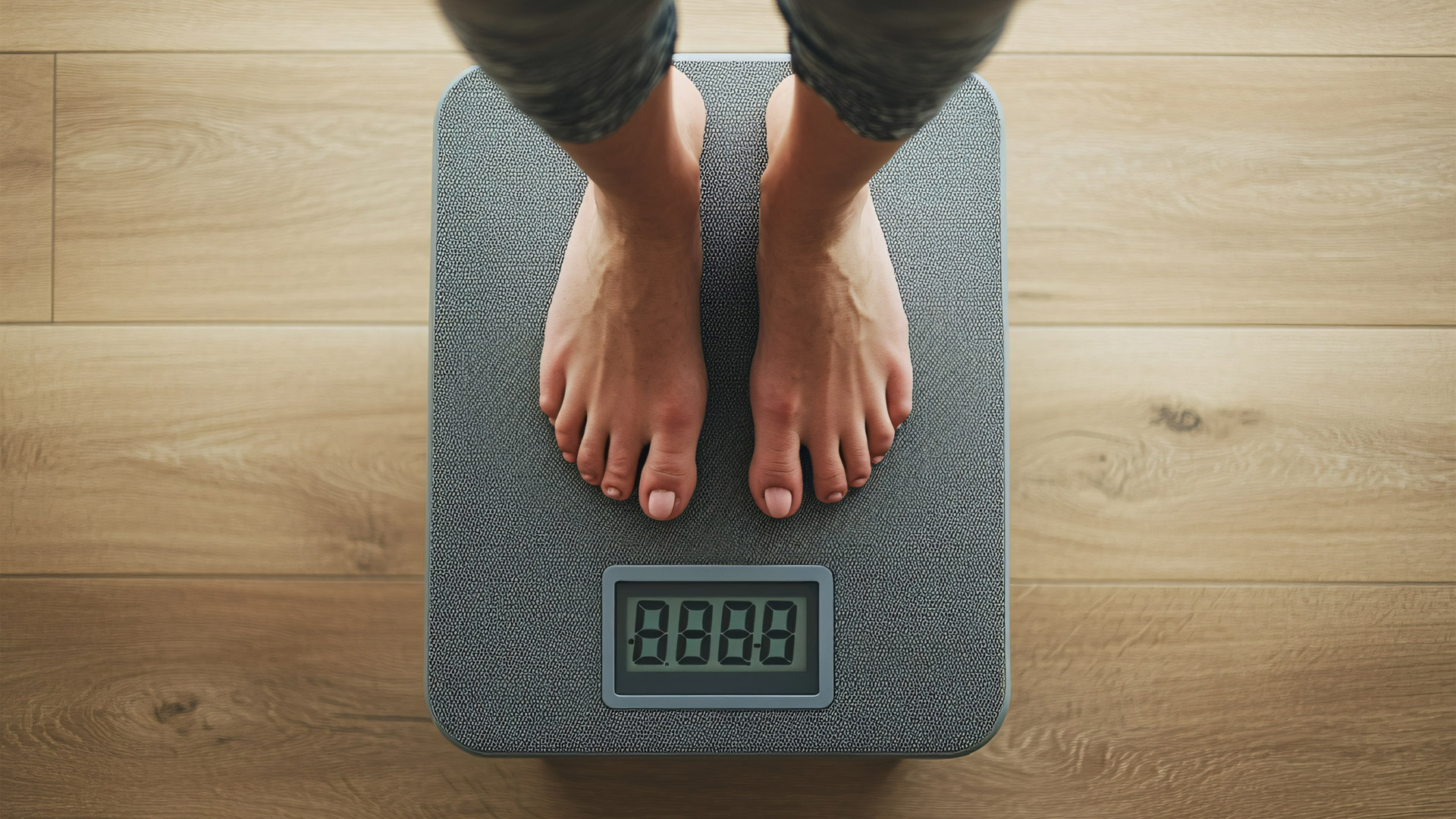All Categories

GLP-1 is a powerful weight-loss drug but it isn’t just for shedding pounds. When you eat foods that increase GLP-1 naturally, you can enhance satiety, manage blood sugar, and promote longevity.
The National Institutes of Health (NIH) explains,
“GLP-1 (Glucagon-Like Peptide-1) is a hormone that regulates blood sugar and appetite by triggering insulin release and slowing digestion, creating lasting fullness.” 1
GLP-1 receptors are present throughout the body, including the brain, GI tract, and pancreas. They are released in response to food, signaling the pancreas to release insulin and slowing gastric emptying.
Read more about GLP-1 here.
This emerging wave of a new weight loss trend presents fitness, wellness, and nutrition professionals with a unique opportunity to amplify GLP-1 benefits by recommending foods that stimulate GLP-1 release! 2
These may include high-protein, high-fiber foods for satiation, or omega-3s to improve insulin sensitivity and cardiovascular function. Nutrition strategies like these can be of tremendous help your clients on GLP-1 medications.
Let’s explore some of the best foods to eat on ozempic diet that you can recommend to your clients.
Clinical guidelines on the “GLP-1 diet” recommend consuming carbohydrates from high-fiber sources (vegetables, fruits, legumes, whole grains) while limiting saturated fats and emphasizing mono- and polyunsaturated fats (MUFAs, omega-3s). 3 4
Research suggests this approach can:
Building on these benefits, let’s explore specific foods that naturally enhance GLP-1 and support this balanced approach.
Fiber slows digestion, stabilizes blood sugar, and helps GLP-1 prolong satiety.
The Dietary Guidelines for Americans, 2020–2025, recommend that adults consume 22 to 34 grams of fiber each day (depending on their age and gender).
Examples: Fruits and vegetables like broccoli, spinach, berries, apples, and whole grains like oats, quinoa, whole-wheat bread.
Protein stimulates GLP-1 release, supports muscle mass, and regulates hunger hormones to reduce overeating. A research on high-protein diet included weight loss showed 50% less weight regain compared to the control group. 5
Examples: Skinless chicken, lean meats, salmon, eggs, Greek yogurt, tofu, and lentils.
Healthy fats promote satiety and maintain hormonal balance, supporting a steady GLP-1 release for better appetite control. Moderate amounts increase fullness by 23%, reducing cravings.
Examples: Avocado, pistachios, peanuts, almonds, chia seeds, olive oil, and flaxseed.
You might have noticed that a GLP-1-focused diet aligns with anti-inflammatory principles. This potentially reduces medication side effects, making the therapy more comfortable and sustainable for your patients.
Bonus Tip: For maximum results, consume 1600-1800 calories per day, exercise 30-45 minutes each day, and stay hydrated!
Adding GLP-1-supportive foods to your diet can enhance the benefits of GLP-1 therapy, supporting blood sugar regulation and appetite control.
So, here’s a short ozempic diet plan to support your clients on GLP-1 medication.
Greek Yogurt with Berries and Nuts
Greek yogurt is high in protein, which supports GLP-1 release, while chia seeds add fiber and healthy fats to stabilize blood sugar. Adding berries also offers antioxidants and additional fiber for a nutrient-dense start to the day.
Alternative recipe: Oatmeal with Chia Cups
Easy Quinoa Salad with Avocado
Quinoa is one of the best GLP-1 foods to eat. It provides a protein-rich, slow-digesting carbohydrate base, complemented by grilled chicken for extra protein and leafy greens for fiber. Avocado adds healthy fats that extend satiety and support heart health.
Alternative recipe: Greek Yogurt Chicken Salad
Grilled Salmon with Steamed Asparagus and Sweet Potatoes
Salmon, rich in omega-3 fatty acids, supports heart health and provides ample protein. Pairing it with high-fiber asparagus and low-glycemic sweet potatoes helps stabilize blood sugar and create a balanced, satisfying meal.
Alternative recipe: Chicken Burrito Bowls
A diet rich in fiber, protein, and healthy fats can significantly enhance the effects of GLP-1 therapy, empowering your clients to achieve sustainable health and weight management.
However, always recommend that your clients consult with a healthcare provider before making major dietary changes, especially when aiming to optimize GLP-1 medication.
This targeted nutrition approach can help them create a foundation for lasting wellness and transformative health outcomes!
Get a head start on career growth, branding, and success in health, fitness, and wellness!
What to eat while taking a GLP-1?
Consume fiber-rich foods, lean proteins, and healthy fats to enhance GLP-1 effects, promote satiety, and stabilize blood sugar levels. Include whole grains, fruits, vegetables, lean meats, and healthy fats in meals.
How to get enough protein on GLP-1?
Focus on high-protein foods like lean meats, fish, eggs, Greek yogurt, and plant-based options like tofu, lentils, and quinoa. Adding protein to each meal helps meet daily needs and supports GLP-1.
What are the best foods to eat while taking semaglutide?
Ideal foods include fiber-rich vegetables, low-glycemic fruits, lean proteins, and healthy fats. A balance of fiber, protein, and healthy fats can help optimize semaglutide’s effects on blood sugar and appetite control.
Powering the Business of Health, Fitness, and Wellness Coaching

By Elisa Edelstein

By Jessica Maurer

By Robert James Rivera

By Robert James Rivera

By Elisa Edelstein

By Elisa Edelstein

Powering the Business of Health, Fitness, and Wellness Coaching
